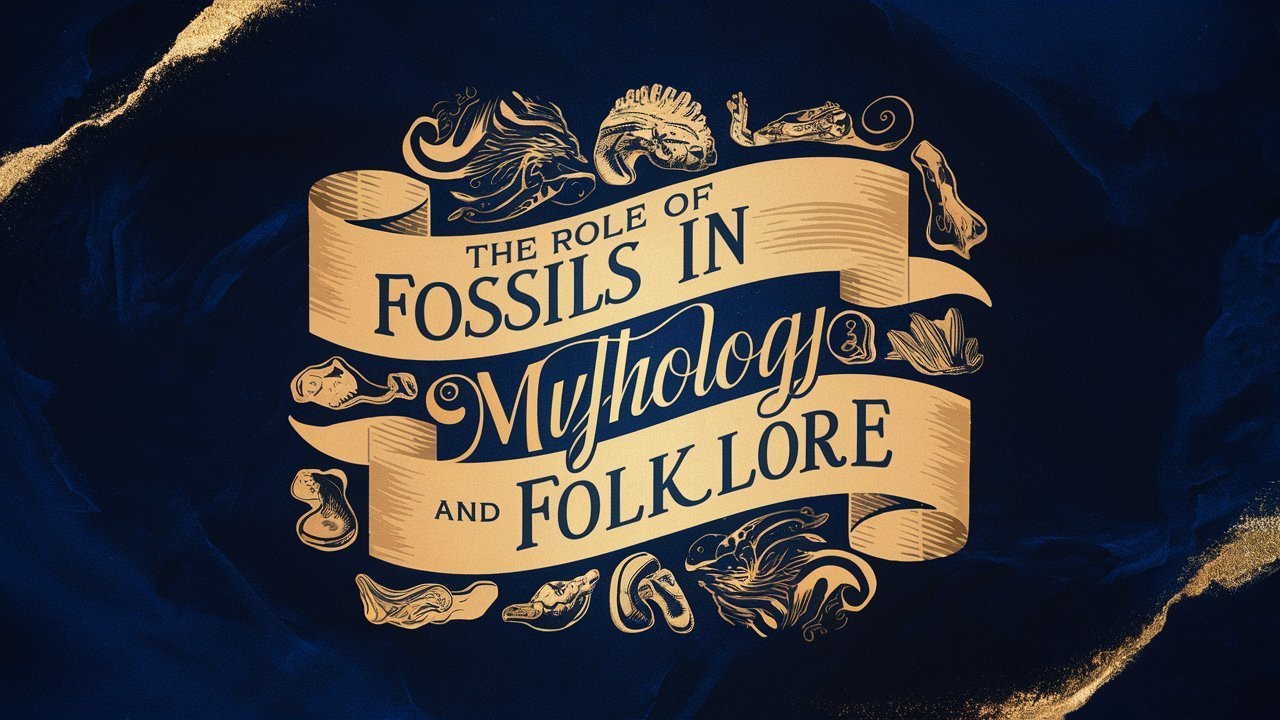
Throughout history, fossils have captivated the human imagination, serving as a window into the past and igniting curiosity about the origins of life on Earth. Beyond their scientific significance, fossils have played a prominent role in mythology and folklore across different cultures. This article delves into the fascinating relationship between fossils and ancient societies, exploring how they interpreted these remnants of the past and integrated them into their stories and belief systems.
Fossils in Ancient Greek Mythology
Ancient Greece, known for its rich mythology and philosophical traditions, also had its own interpretations of fossils. The Greeks, however, did not possess a comprehensive understanding of fossils as we do today. Instead, they attributed their existence to the gods and mythical creatures.
For instance, the Greeks believed that fossilized seashells were the result of the petrification of sea nymphs known as the Nereids. These nymphs were said to have been transformed into stone by the god Poseidon as punishment or protection. Similarly, fossilized bones were often associated with the remains of ancient heroes or mythical creatures, such as giants or dragons.
These interpretations highlight the Greeks’ inclination to explain the natural world through their mythological framework. Fossils, with their mysterious origins and resemblance to living organisms, became enigmatic artifacts that fit seamlessly into their narratives of gods and monsters.
The Relationship Between Fossil Beds and Myths
Fossil beds, which are concentrated deposits of fossils, have often been the subject of myths and legends. The presence of such vast quantities of ancient remains sparked curiosity and imagination, leading ancient societies to develop stories and explanations for their existence.
One notable example is the dinosaur-rich region of the Gobi Desert in Mongolia. The discovery of dinosaur fossils in this area has given rise to various myths and legends among the local population. These stories often involve mythical creatures and heroes battling dragons or giant beasts, reflecting the awe and wonder inspired by the fossilized remains found in their surroundings.
Similarly, in North America, Native American tribes have long held their own beliefs and stories surrounding fossil beds. For example, the Lakota Sioux people of South Dakota have a legend about the “Thunder Beings,” which they believe are the spirits of ancient creatures that once roamed the land. This legend is closely tied to the rich fossil deposits found in the region, providing a cultural explanation for the presence of these ancient remains.
These examples illustrate how fossil beds have become intertwined with local folklore and legends, shaping the cultural narratives of different communities. Fossil discoveries have not only expanded our scientific knowledge but have also left an indelible mark on the collective imagination of societies throughout history.
The Study of Fossils: Paleontology
The study of fossils, known as paleontology, encompasses the scientific exploration of ancient life forms and ecosystems. While ancient civilizations may not have had a formal discipline dedicated to paleontology, their fascination with fossils laid the groundwork for the development of this scientific field.
Early attempts to understand fossils can be traced back to ancient Chinese, Indian, and Arab scholars who recognized their significance. However, it was not until the Renaissance period in Europe that the study of fossils began to take shape as a distinct scientific discipline.
During the Renaissance, scholars such as Leonardo da Vinci and Nicolaus Steno made significant contributions to the understanding of fossils and their geological context. Steno, in particular, proposed the principle of superposition, which states that in undisturbed rock layers, the oldest fossils are found at the bottom, while the youngest are found at the top.
Since then, paleontology has evolved into a multidisciplinary field that combines geology, biology, and other scientific disciplines to unravel the mysteries of ancient life. Through the meticulous study of fossils, paleontologists have reconstructed the Earth’s history, shedding light on the evolution of species and the complex interplay of ecosystems throughout time.
While the ancient Greeks and other civilizations may not have possessed the scientific knowledge and tools to fully comprehend fossils, their interpretations and integration of these remnants into their mythologies and folklore demonstrate the enduring fascination with these ancient artifacts. Today, paleontology continues to deepen our understanding of the past, bridging the gap between scientific inquiry and the captivating narratives that have shaped human culture for millennia.

